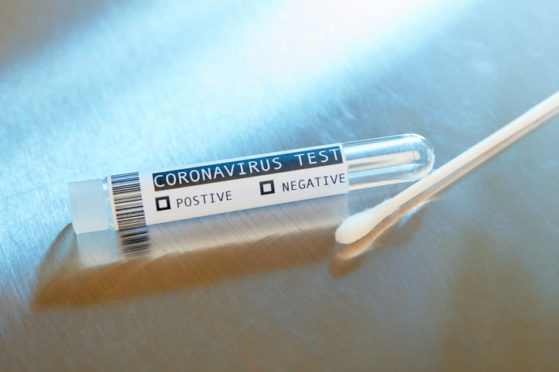A before-after Omicron analysis of symptoms reported in London has found more similarities to the cold-like Delta variant than to common flu-like symptoms.
The ZOE COVID Study, which analyzes symptoms uploaded via an app by the British public, reviewed separate weeks in October (before Omicron) and December (after Omicron).
Here are the Top 5 symptoms reported in the two weeks:
- Runny nose.
- Headache.
- Fatigue (mild or severe).
- Sneezing.
- Sore throat.
These symptoms could make Omicron, the dominant COVID strain in London, more difficult to identify. The same scenario is expected as Omicron spreads to other countries, adding to the importance of testing, masks and social distancing.
“Be careful throughout the holiday season,” says Keith Grant, APRN, Hartford HealthCare’s Senior Director of Infection Prevention. “Implement those practices — social distancing and wearing your mask as much as you can — and get vaccinated if you haven’t already. And consider getting the booster if you qualify for it.”
What Happens When Omicron Gets Inside Your Respiratory Tract
Omicron multiplies close to 70 times faster than Delta inside human respiratory tract tissue, according to a report by scientists at the University of Hong Kong. It also reaches higher levels than Delta in the tissue 48 hours after infection.
What this means as families and friends gather for the holidays is the likelihood that Omicron, if present, infects people at a lower dose than either Delta or the original COVID-19 variants. (CDC Director Rochelle Walensky said this week that Omicron could account for up to 13 percent of cases in New York, New Jersey and other states.)
In the study, scientists infected tissue from bronchi, the two large tubes that bring air through your respiratory tract to your lungs, with live particles three variants — Omicron, Delta and a circa-2020 variant — of the virus that causes COVID-19. They then monitored how long it would take for each variant to spread through the respiratory tissue.
When You Have COVID and Don’t Know It
More than 40 percent of confirmed COVID-positive patients showed no symptoms, according a study published in JAMA Network Open.
Here’s a breakdown by age, followed by the percent of cases that were asymptomatic:
- Under 20 years old: 60 percent.
- 20 to 39 years old: almost 50 percent.
- 40 to 59 years old: About 32 percent.
- Over 60 years old: About 33 percent.
Researchers reviewed 95 studies from January 2020 to February 2021, totaling close to 30 million people in Asia, Europe, North America, South America and Africa. The 40 percent asymptomatic figure represents only 0.25 percent of the tested population, noted the researchers, but the number gains significance when multiplied by the hundreds of millions of people around the world.
In Denmark, a Possible Omicron Preview
Omicron could become the dominant COVID-19 variant within a week, replacing Delta say infectious disease surveillance experts at the Statens Serum Institut in Copenhagen. Earlier this week, Statens Serum Institut reported 75 percent of the country’s Omicron patients were full vaccinated with a two-dose vaccine and 9 percent of Omicron-positive patients had received a booster dose.



